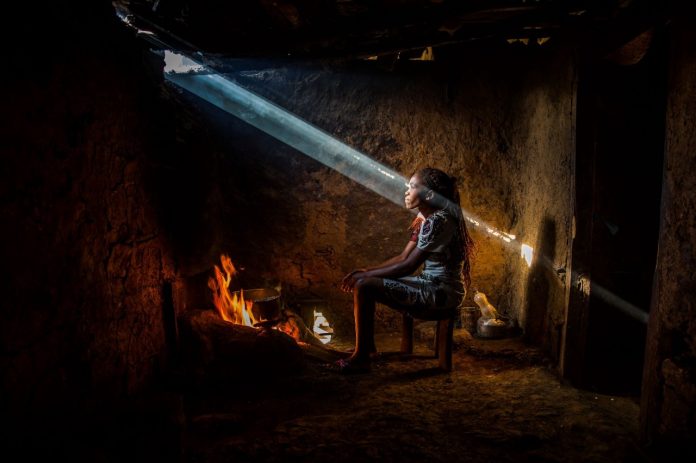Some 894 million people in sub-Saharan Africa lack access to clean cooking fuels, mostly due to their low purchasing power.
This group represents 85 percent of the region’s population, with Nigeria having the largest population lacking access to clean fuels at 173 million people, followed by Ethiopia where 98 million people are stuck to dirty fuels.
This is according to the Tracking SDG 7: The Energy Progress Report jointly compiled by the International Energy Agency (IEA), International Renewable Energy Agency (IRENA) and the World Bank.
These energy-poor households are mostly concentrated in urban informal settlements and rural villages, and rely on polluting fuels and technologies for cooking such as traditional stoves paired with charcoal, coal, crop waste, dung, kerosene and wood.
Indoor air pollution amid poor ventilation has recently emerged a silent death-trap inside the walls of low-income households, especially in developing economies.
Between 2010 and 2018, population in sub-Saharan Africa grew at a fast clip, outpacing growth in the number of households with access to clean cooking by 18 million people per year.
Technical recommendations defining what is considered “clean” fuels and technologies are set out in the World Health Organisation (WHO) guidelines for indoor air quality and household fuel combustion.
Based on the WHO guidelines, clean cooking fuels and technologies include electric cookers, liquefied petroleum gas (LPG), natural gas, biogas, solar, and alcohol-fuel stoves.
Encouragingly, there are some African nations that have initiated programmes to boost wider uptake of cleaner alternatives.
“In some countries such as Ethiopia, Côte d’Ivoire, Ghana, Kenya, and Tanzania, ambitious policies will bend the curve and shrink the numbers without access, providing clean cooking solutions to around half of their population by 2030,” the report says.
Globally, some 2.8 billion people are cut off from clean cook fuel access, out of which 32 percent are from sub-Saharan Africa.
By 2030, if the trend continues, only around 70 percent of the population worldwide will have access to clean cooking fuels and technologies, the report says. This means nearly a third of the global population will be exposed to harmful household air pollution from cooking with polluting fuels and devices, and many will still devote huge amounts of time to gathering fuel instead of on remunerative work, schooling, and other productive or leisure activities.
Read also: Solar records steepest price drop among renewables





